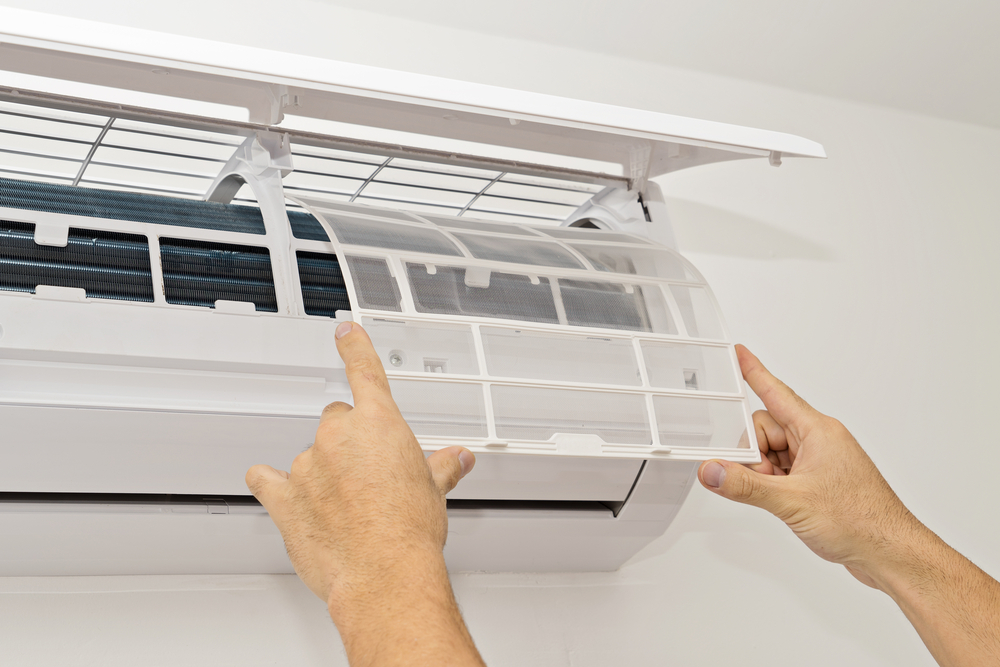Cost-Effective Maintenance Tips for Household Filtration Units
Routine care for household filtration units reduces risks from sediment, chlorine, bacteria and other contaminants while extending system life and preserving taste. This overview explains practical steps for cost-conscious maintenance, how reverse osmosis and other systems differ in needs, what to check after installation, and how capacity and certification influence long-term efficiency and sustainability. Use these guidelines to plan filter replacements, conserve minerals where appropriate, and recognize when professional service or parts are needed for safe home water.

Why regular filtration maintenance matters
Regular maintenance keeps filtration working as intended and limits buildup of sediment, biofilm, and other contaminants that reduce flow and efficiency. Neglected filters can allow chlorine or bacteria to affect taste and water quality, increase pressure on pumps, and shorten component life. For household systems, a predictable maintenance schedule helps preserve capacity and ensures devices meet certification expectations over time. Simple checks—visual inspections, flow-rate monitoring, and periodic flushing—are inexpensive steps that prevent larger repairs and protect the water your family uses daily.
How to check and replace sediment and chlorine filters
Sediment and activated-carbon (chlorine-targeting) cartridges are common first-stage filters. Sediment filters trap particles that can clog membranes, while carbon reduces chlorine and improves taste. Inspect sediment housings for discoloration or trapped debris; a noticeable drop in flow often signals replacement is needed. Carbon filters typically require swapping every 3–12 months depending on capacity and local contaminants. Keep a maintenance log and buy compatible replacement cartridges to avoid performance loss; buying multi-packs and timing replacements can yield per-filter savings.
Reverse osmosis systems: maintenance and efficiency
Reverse osmosis systems provide fine contaminant removal but rely on multiple pre-filters, a membrane, and sometimes post-filters. Pre-filter maintenance is critical to protect the RO membrane from sediment and chlorine exposure, which can degrade membrane life. Membranes usually last 2–5 years depending on feed-water quality and capacity usage; monitoring system efficiency and waste-to-purified ratios helps assess when service is due. Properly sized systems—matching household capacity needs—reduce stress on components and improve overall efficiency and longevity.
Installation, certification, and capacity considerations
Correct installation affects maintenance needs. Installations that include shutoff valves, pressure gauges, and easy-access filter housings simplify future servicing. Choose systems with third-party certification for claimed contaminant reductions so maintenance targets align with performance expectations. Capacity matters: undersized units run continuously and require more frequent servicing, while oversized units may waste resources. When considering professional installation, confirm provider certifications and ask about routine service plans that include filter scheduling and system checks.
Preserving taste, minerals, and sustainability at home
Some filtration removes beneficial minerals along with contaminants; balance between taste and mineral retention depends on system type. Reverse osmosis commonly reduces mineral content, while carbon or sediment filters usually preserve minerals but improve taste by removing chlorine and organic compounds. For sustainability and cost-effectiveness, minimize water waste from RO systems where possible, capture reject flow for non-potable uses, and choose reusable housings or recyclable cartridges. Regular maintenance improves efficiency, reducing both consumable use and environmental impact.
Real-world pricing, providers, and comparison
Below are representative products and providers commonly used in household maintenance planning. Prices are approximate ranges reflecting typical retail and installation scenarios; local services and in-your-area installers may vary. Include costs for replacement cartridges and occasional professional servicing when budgeting for long-term maintenance.
| Product/Service | Provider | Cost Estimation |
|---|---|---|
| Pitcher filter and replacement cartridges | Brita | Pitcher $20–60; cartridges $5–15 each |
| Under-sink reverse osmosis system (5-stage) | APEC or Home Master | System $200–600; annual replacement parts $50–200 |
| Whole-house sediment/activated carbon system with installation | Culligan or local installers | System + installation $800–3,000 depending on home size |
| Gravity/portable filtration system | Berkey | Unit $250–500; replacement filters $40–150 |
Prices, rates, or cost estimates mentioned in this article are based on the latest available information but may change over time. Independent research is advised before making financial decisions.
This article is for informational purposes only and should not be considered medical advice. Please consult a qualified healthcare professional for personalized guidance and treatment.
Conclusion
Consistent, simple upkeep—regular inspections, timely cartridge replacements, membrane care for reverse osmosis, and attention to installation details—keeps household filtration units operating efficiently and extends service life. Consider system capacity and certification when evaluating maintenance needs, and incorporate sustainability practices to reduce waste and cost. Factoring routine parts and occasional professional checks into a household budget helps avoid unexpected repairs and keeps treated water meeting expected taste and safety goals.




